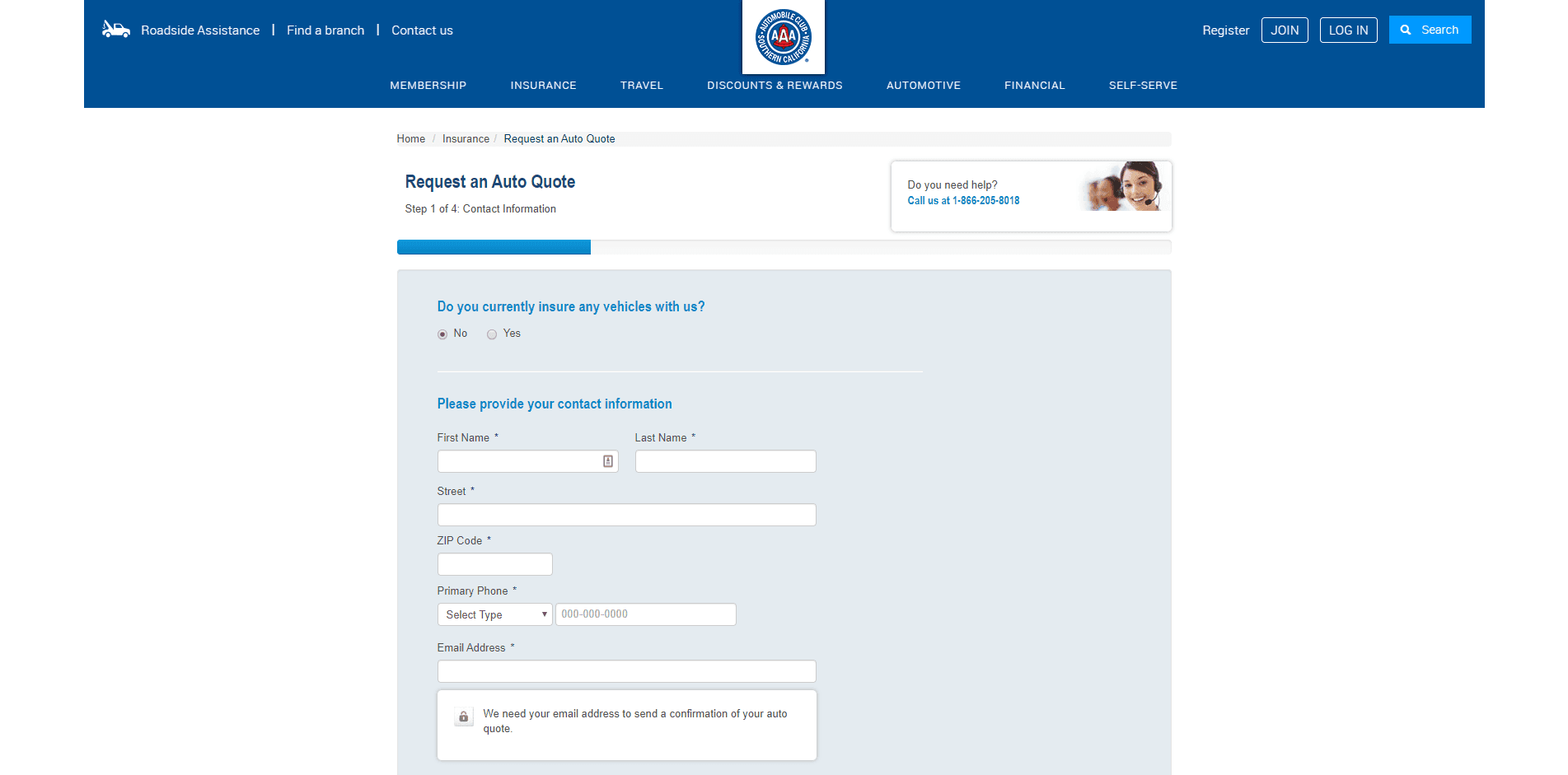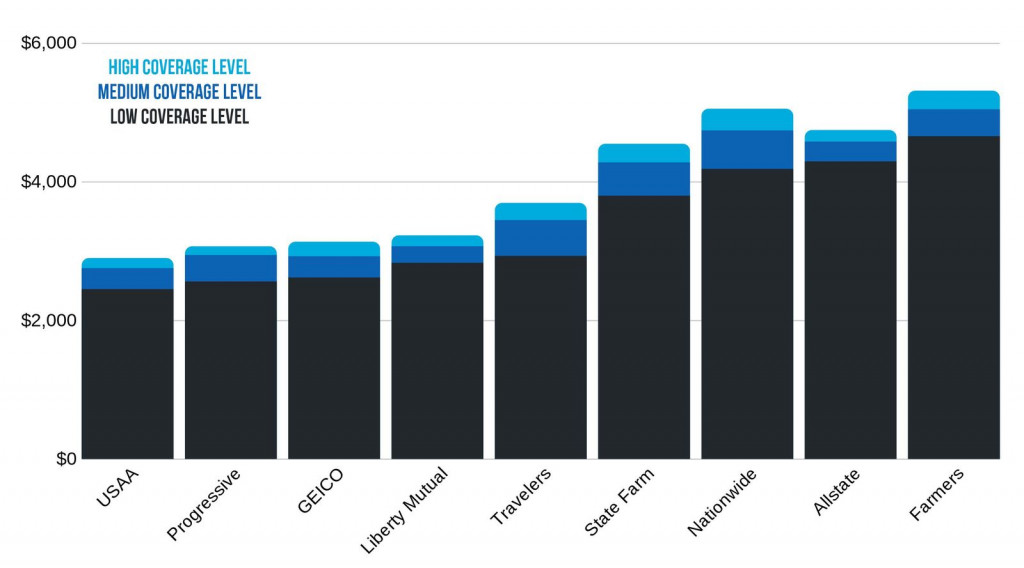
You have many options when it comes to offering health insurance for your employees. There are many options to choose from, including basic health insurance, additional insurance for life and HRAs (health insurance that reimburses employees). It is very expensive to get health insurance for employees. Make sure you weigh the benefits and costs before making a decision. So you can determine which plan is best for you and your budget. Continue reading to learn about employee health insurance.
Employees have the option of health insurance
Group insurance includes employee health insurance. It is bought by employers to cover their employees. These plans offer affordable coverage to employees and their families. The costs of employee health insurance plans are lower because the risk is spread among a large group. They offer additional benefits to employees' immediate families.
When choosing an employee health insurance plan, employers should consider what benefits they want to offer their employees. Employers may be interested in critical illness coverage, accident insurance, or mental health benefits. Many of these plans have limits that restrict employees from fully using their benefits.

Employees can get life insurance
Employees in government agencies and schools are eligible for a basic life insurance policy and AD&D insurance coverage of up to $50,000. To sign up, employees must fill out an enrollment form. This allows the employee to choose beneficiaries and make any changes. Employees may also choose to purchase basic life insurance for a spouse and dependent children for an additional $0.63 per month.
Employee life insurance is a great addition to any employee benefits package. These policies allow employees to tailor their coverage to their needs and are often updated to meet changing needs. They can also be paid for through payroll deduction.
Health reimbursement arrangements (HRAs),
Employee health insurance plans (HRAs), which provide health reimbursement, must conform to the requirements of group-health plans. For example, HRAs must not impose annual dollar limits on EHBs and must cover preventive services without cost-sharing. These requirements cannot be fulfilled by HRAs, which must be integrated into group health plans.
Although HRAs are not the right solution for every employer, they can offer some benefits that can reduce the cost of health care. A recent rule made HRAs more flexible by allowing employers to offer "excepted benefit" HRAs as a supplement to group health plans. These HRAs can be used to cover copays, deductibles, and any other expenses not covered under the primary plan.

Costs of health insurance for employees
Your employees will be happy and healthy if you offer them health insurance. Additionally, your company can save taxes. The type of coverage offered and the number employed will determine the cost of health insurance. Because small businesses don't have the same purchasing power as larger businesses, they often pay more to cover their employees' health insurance. Small businesses pay anywhere from eight to 18 percent more than large firms for the same health insurance policy. In addition, the costs of providing health coverage can vary based on the industry a business is in and previous health claims made by workers.
Providing health insurance coverage is an increasingly popular way to attract talented employees. Small and large companies are both concerned about the rising cost of health insurance. In addition to premium costs, health care coverage often involves copays, deductibles, and prescription medications. As a result, many small and midsized businesses are now incorporating telemedicine and retail health care services into their plans.